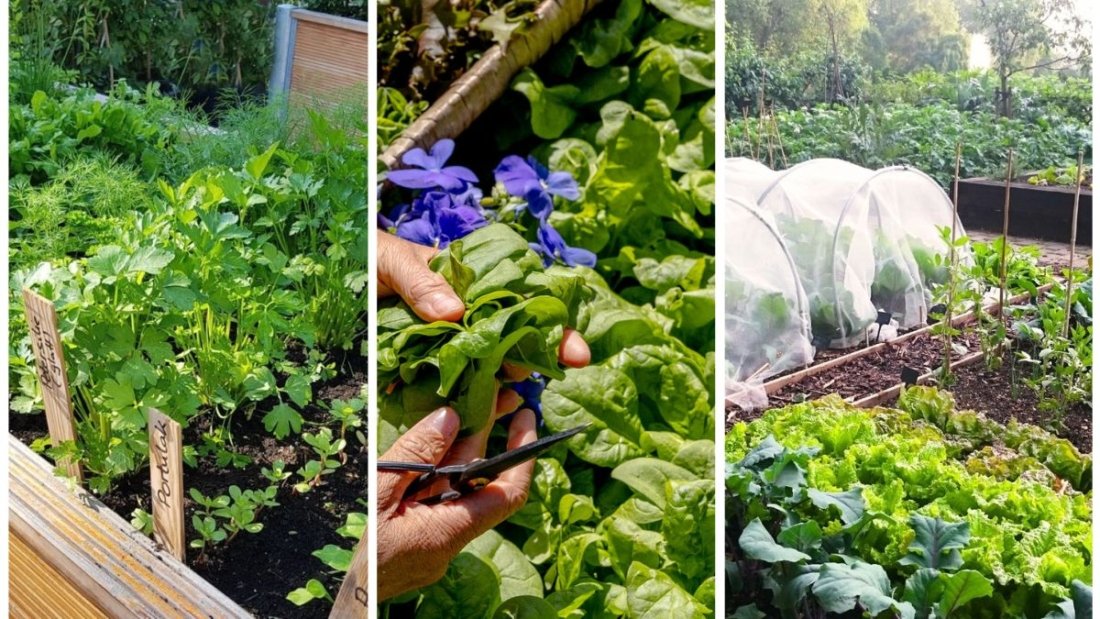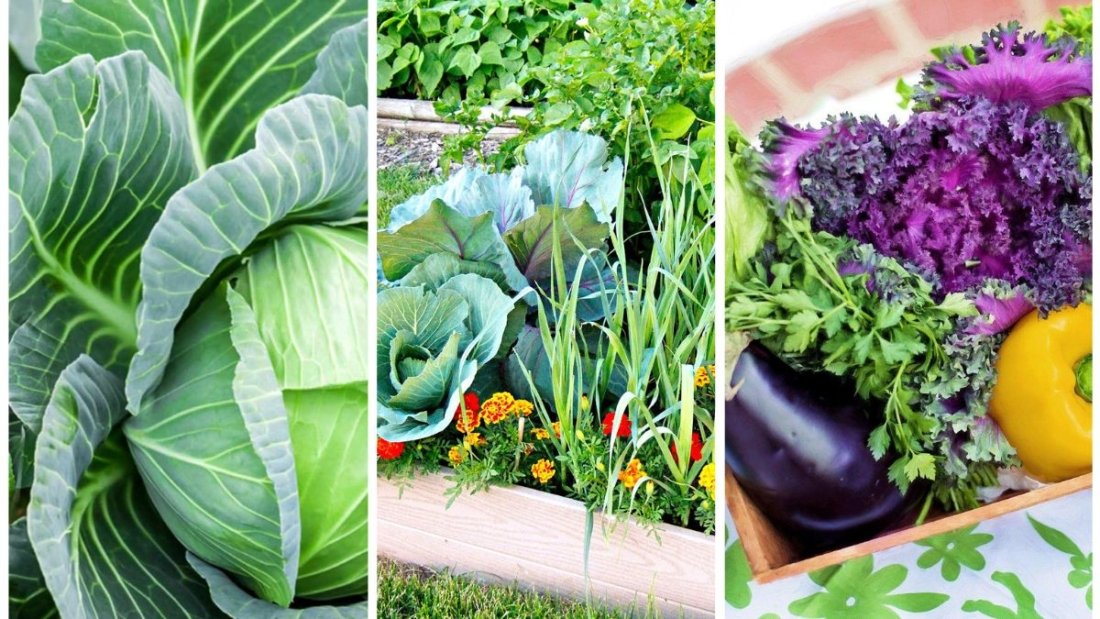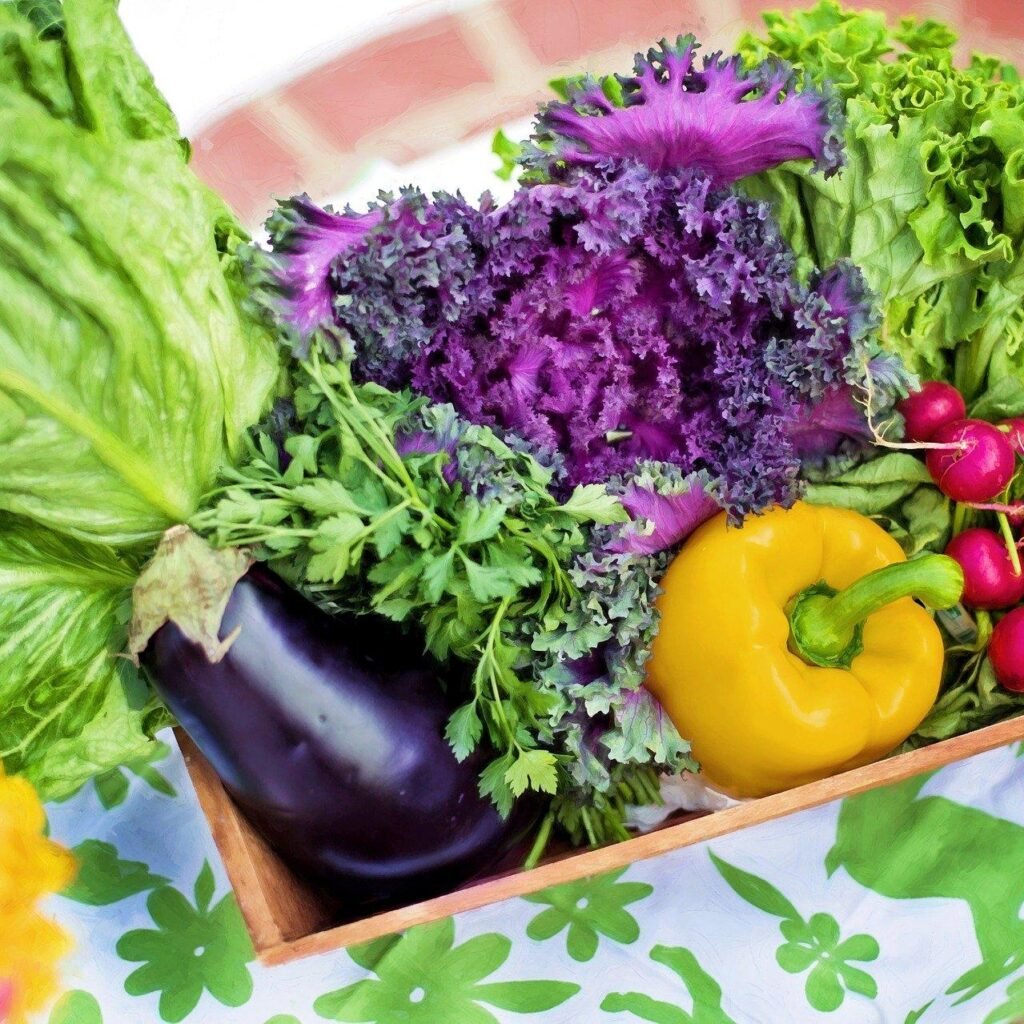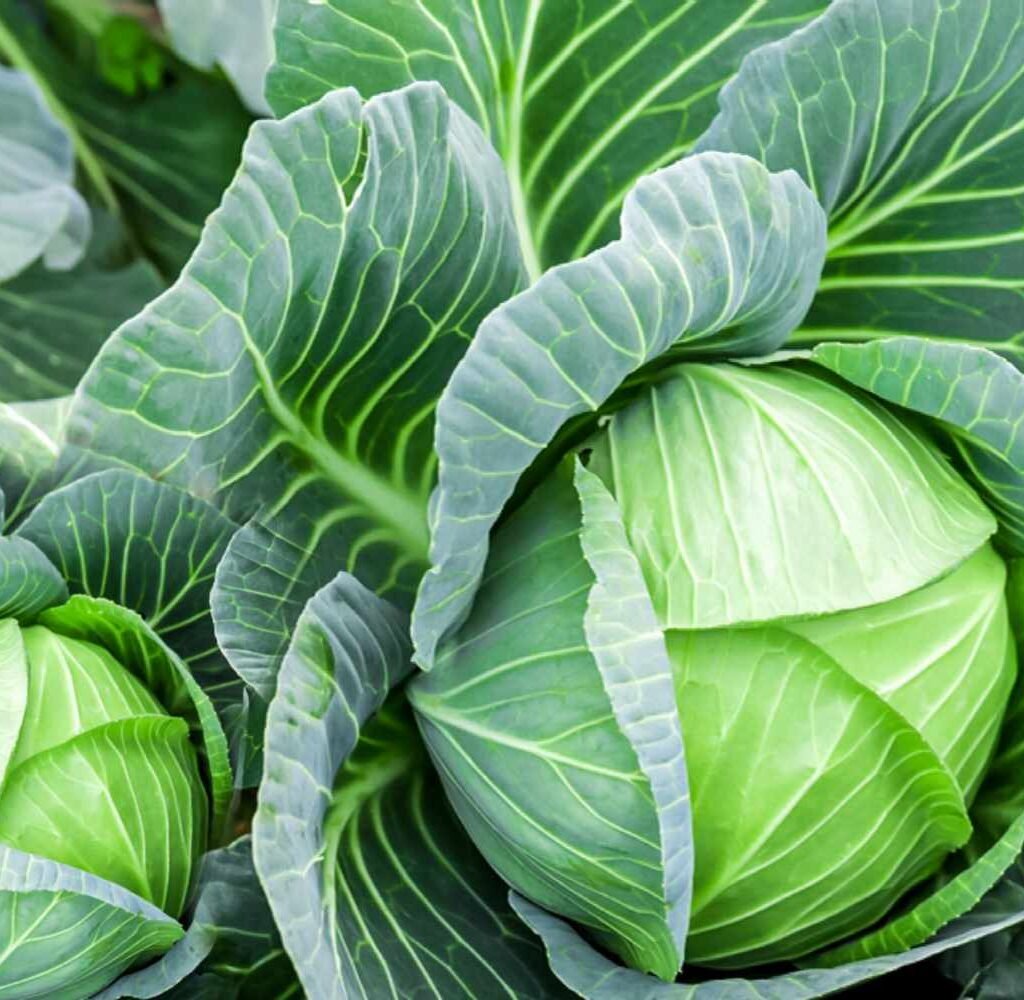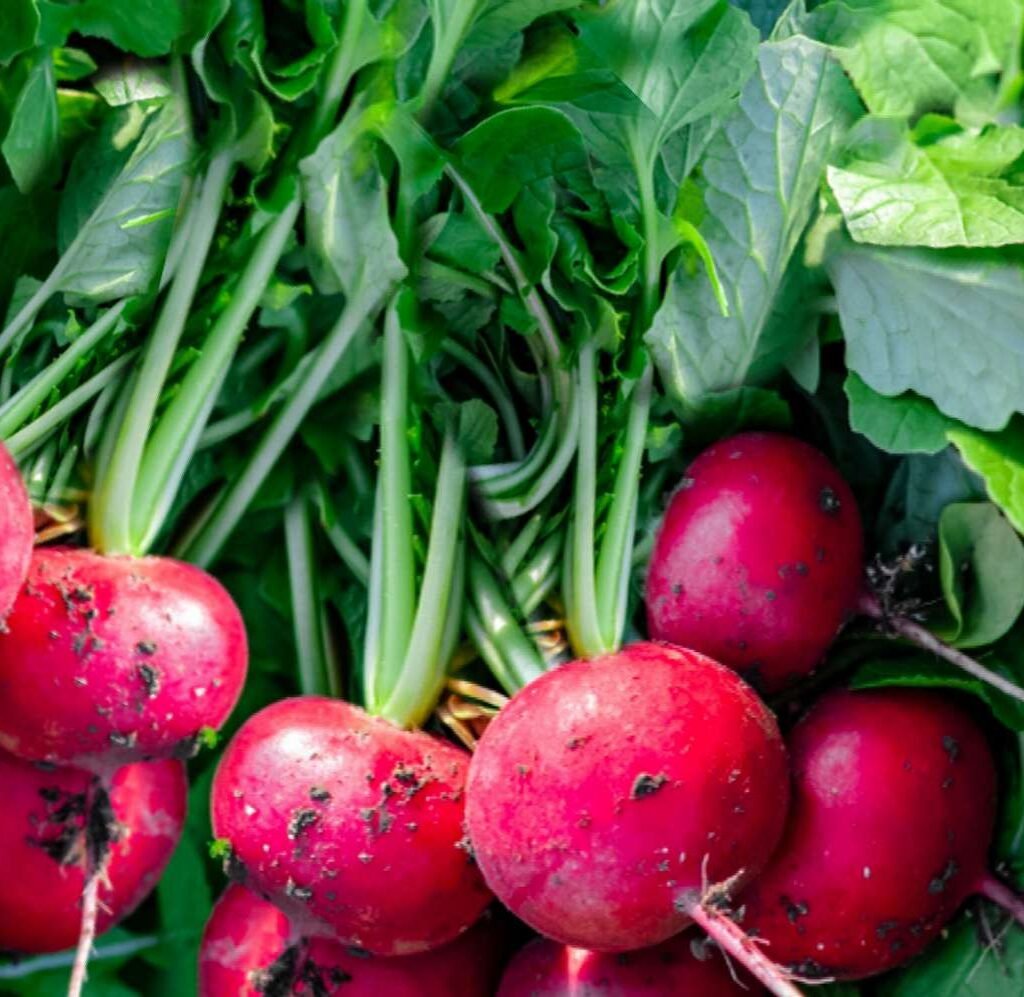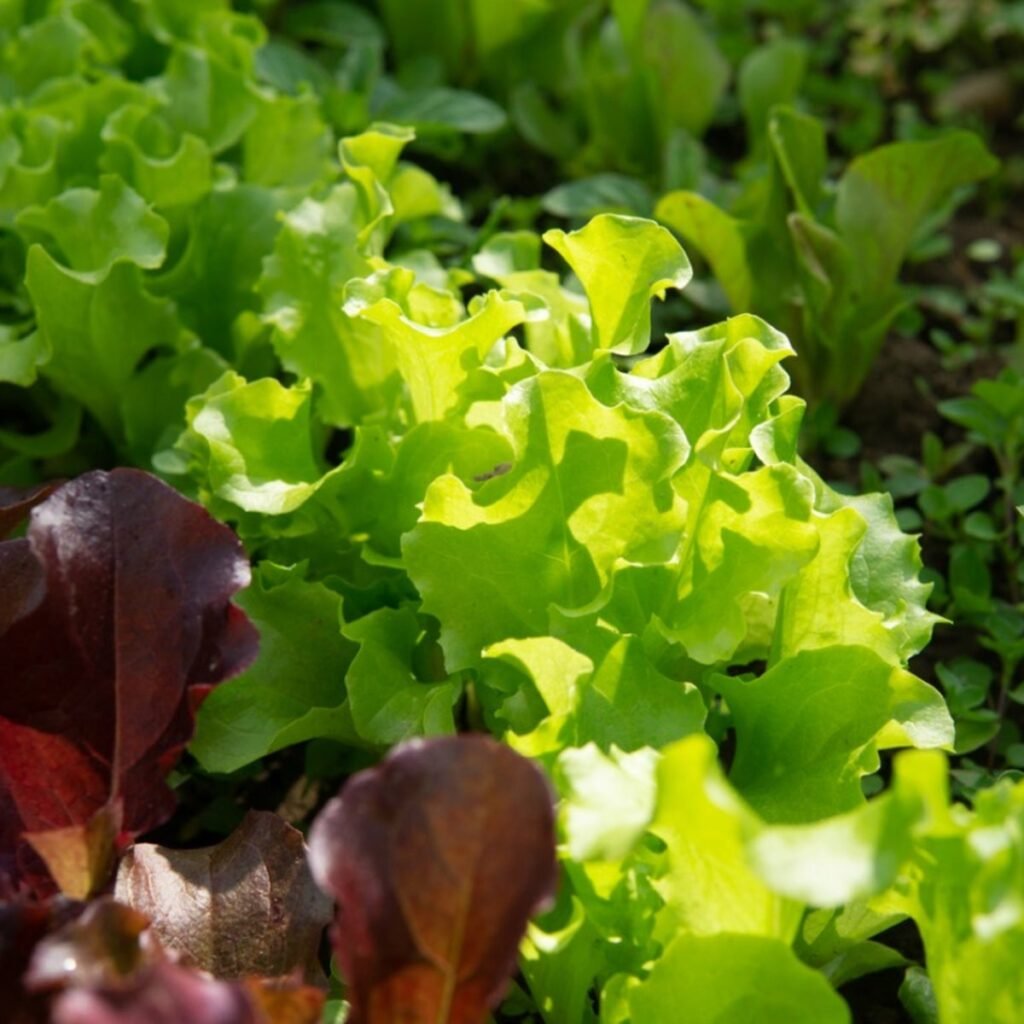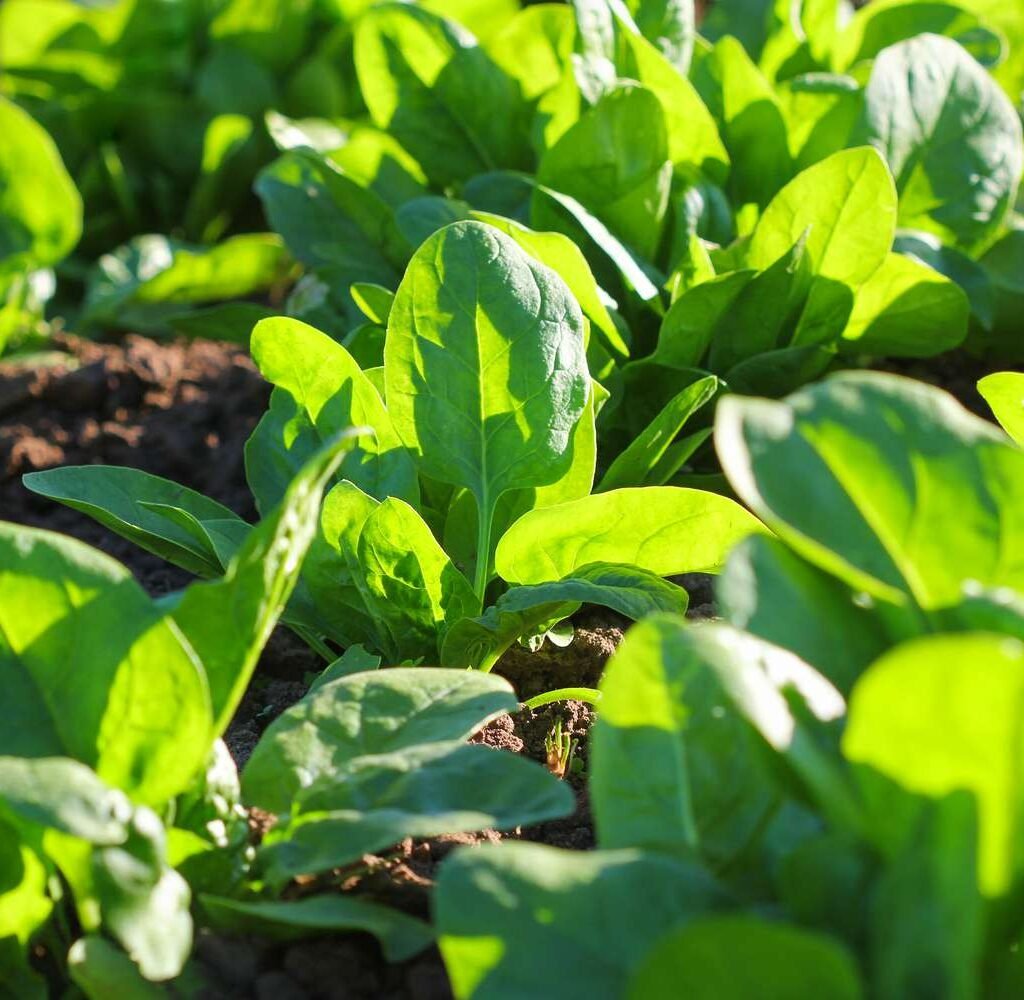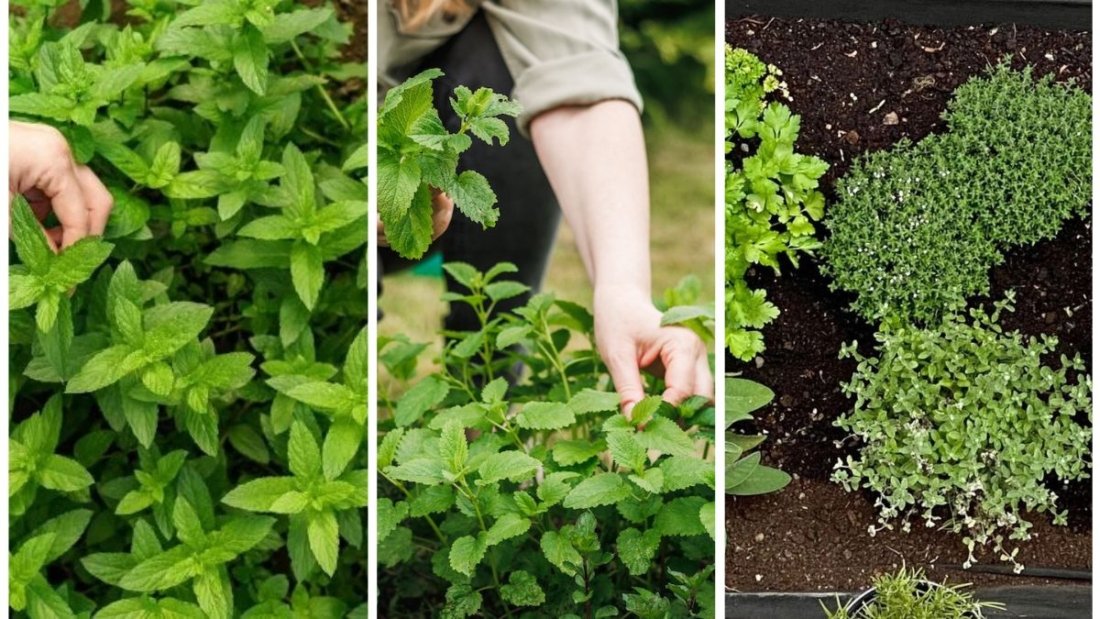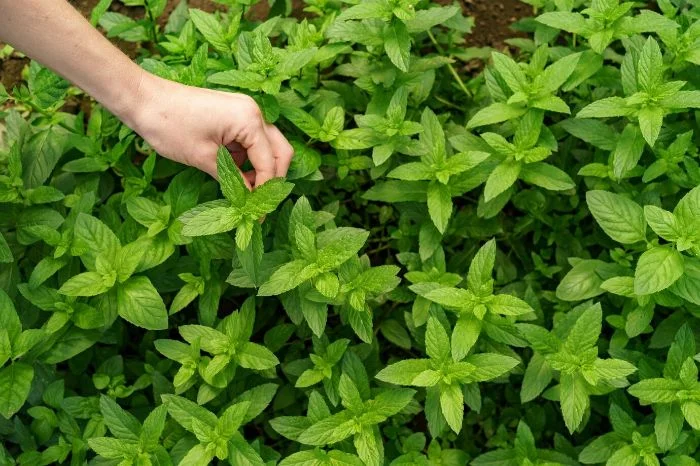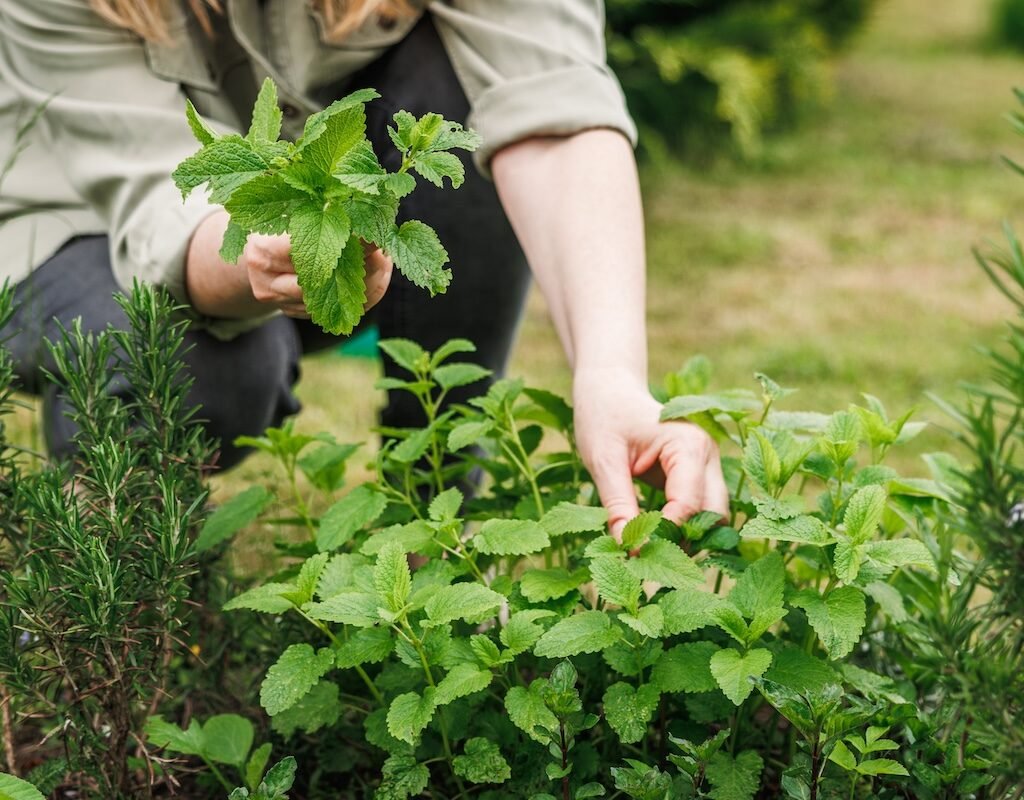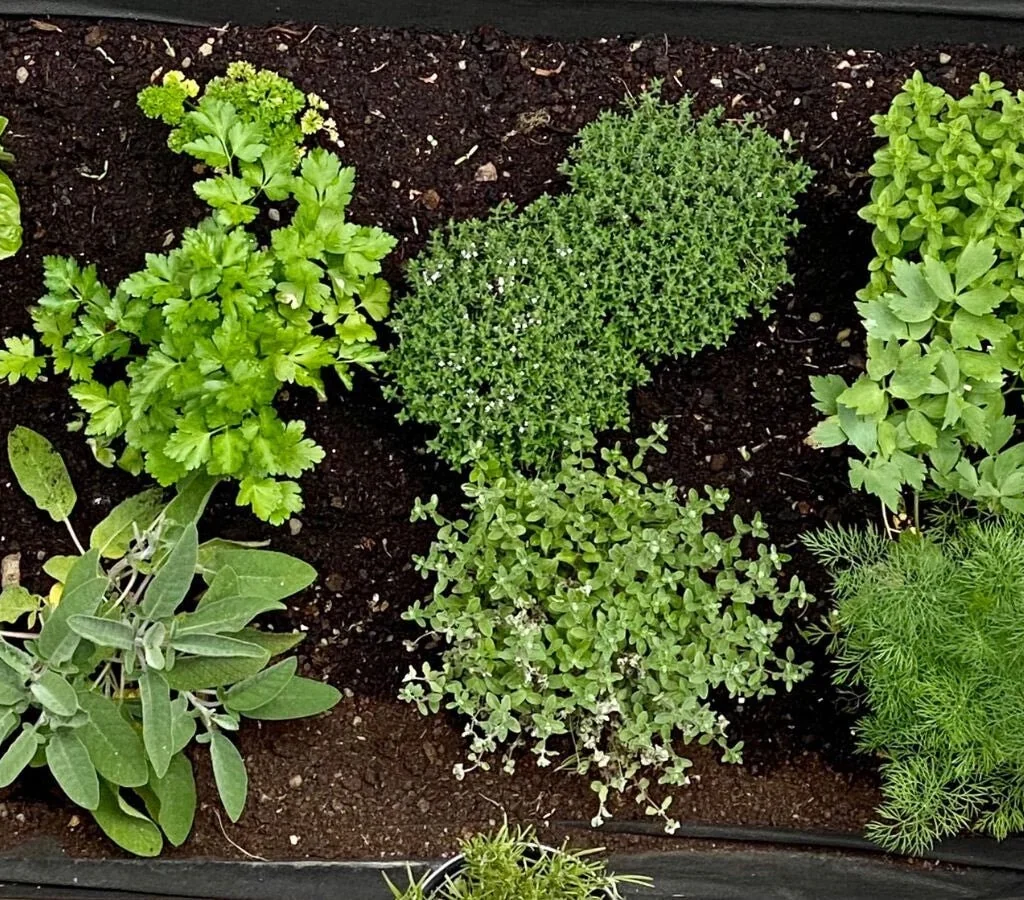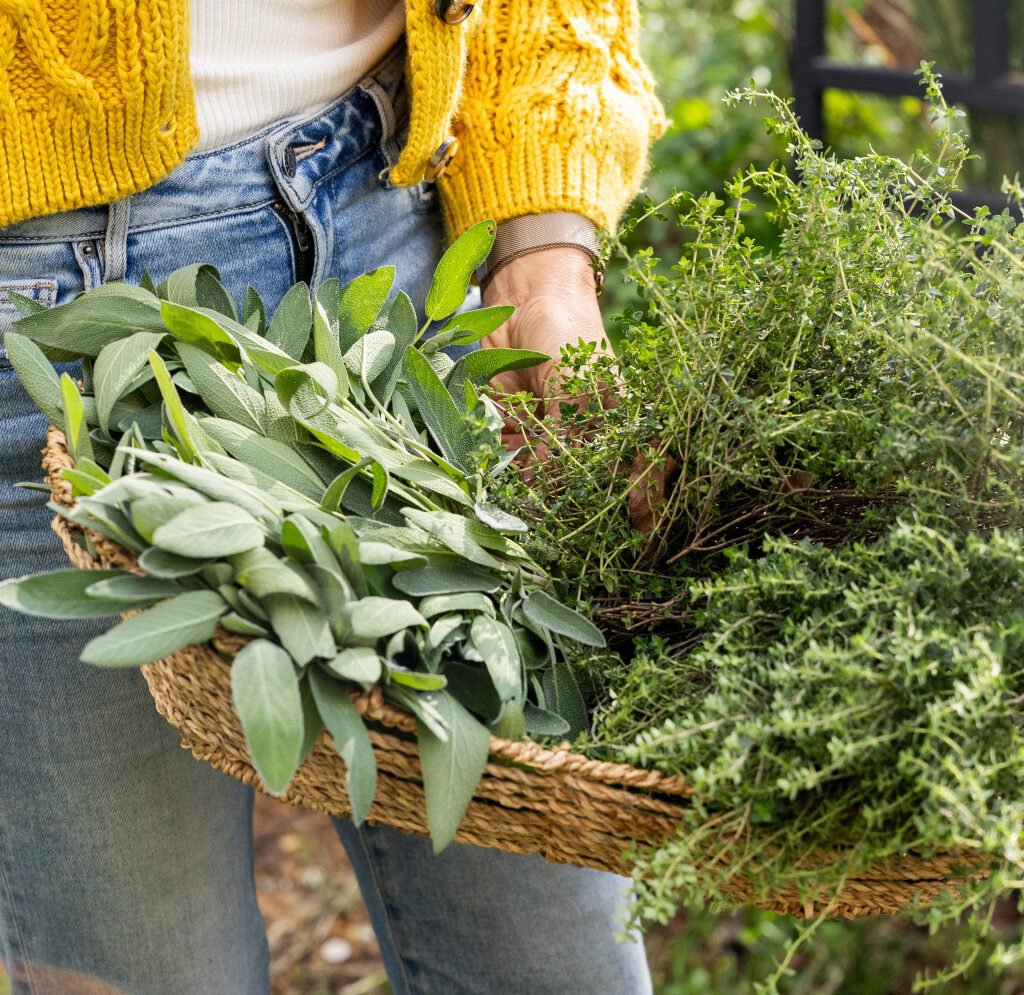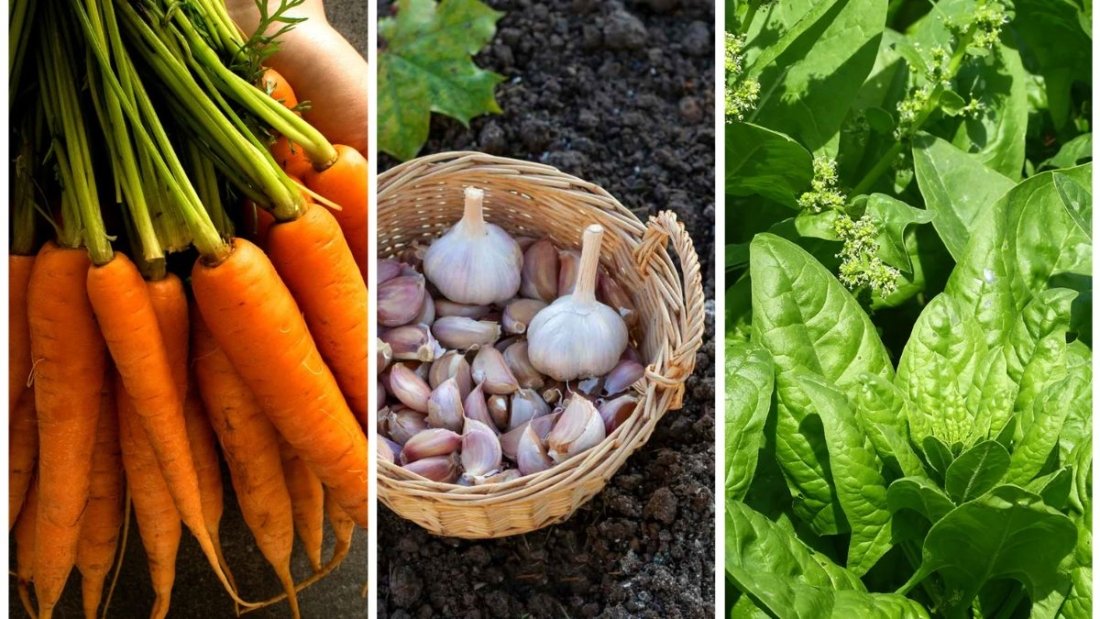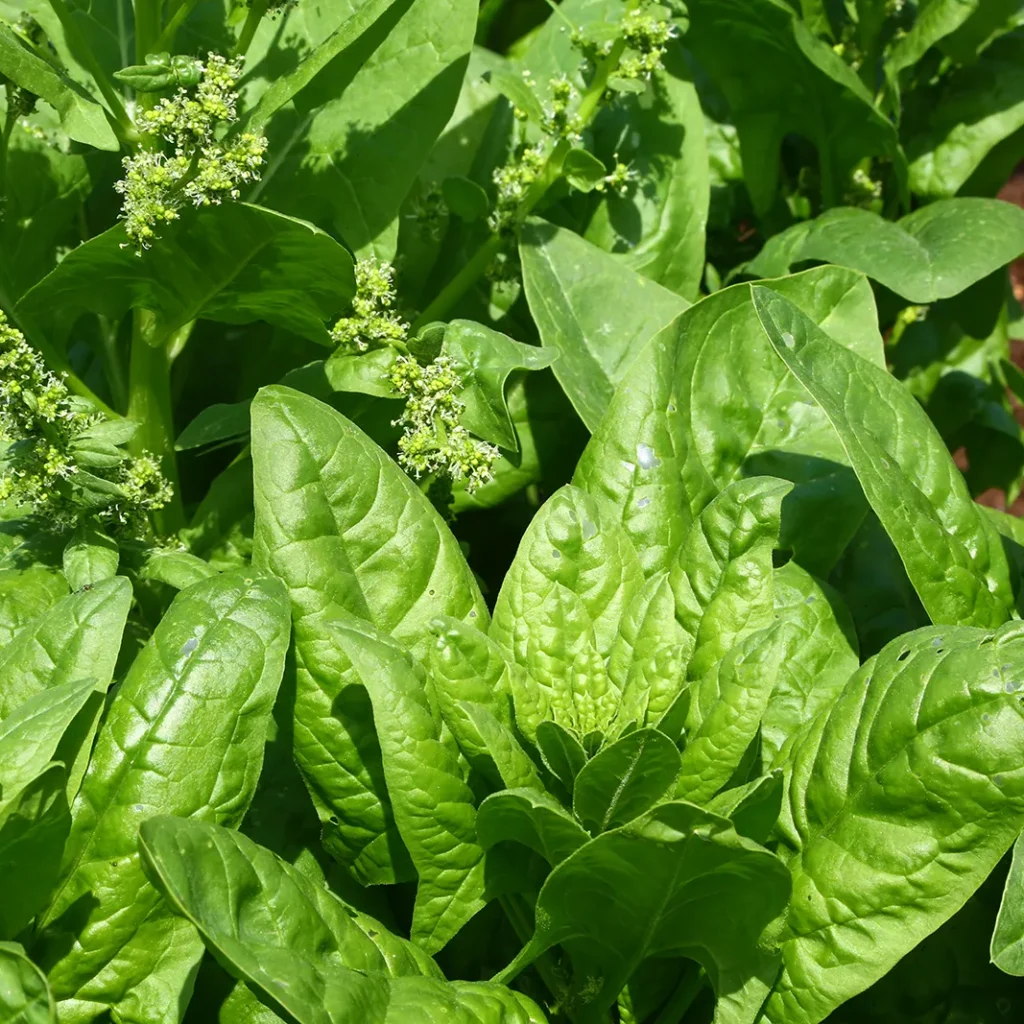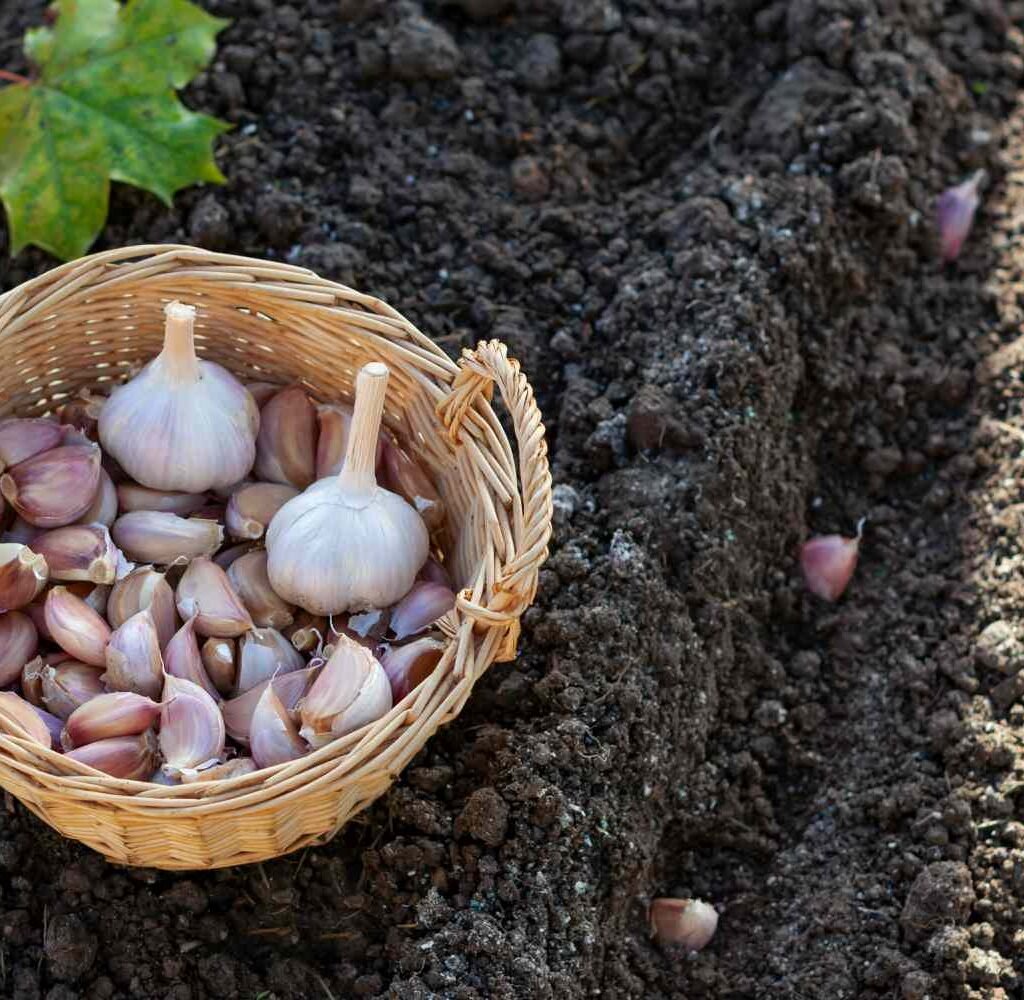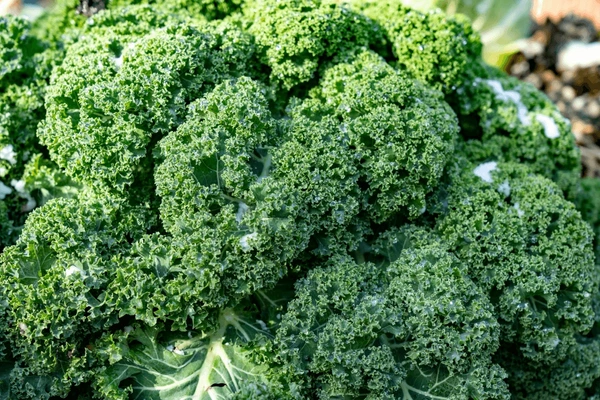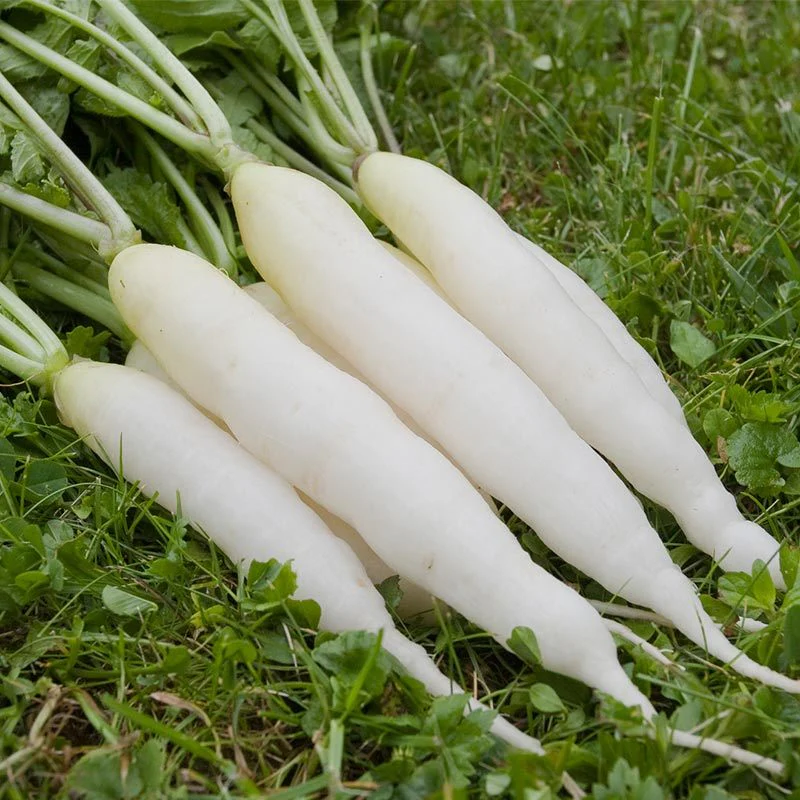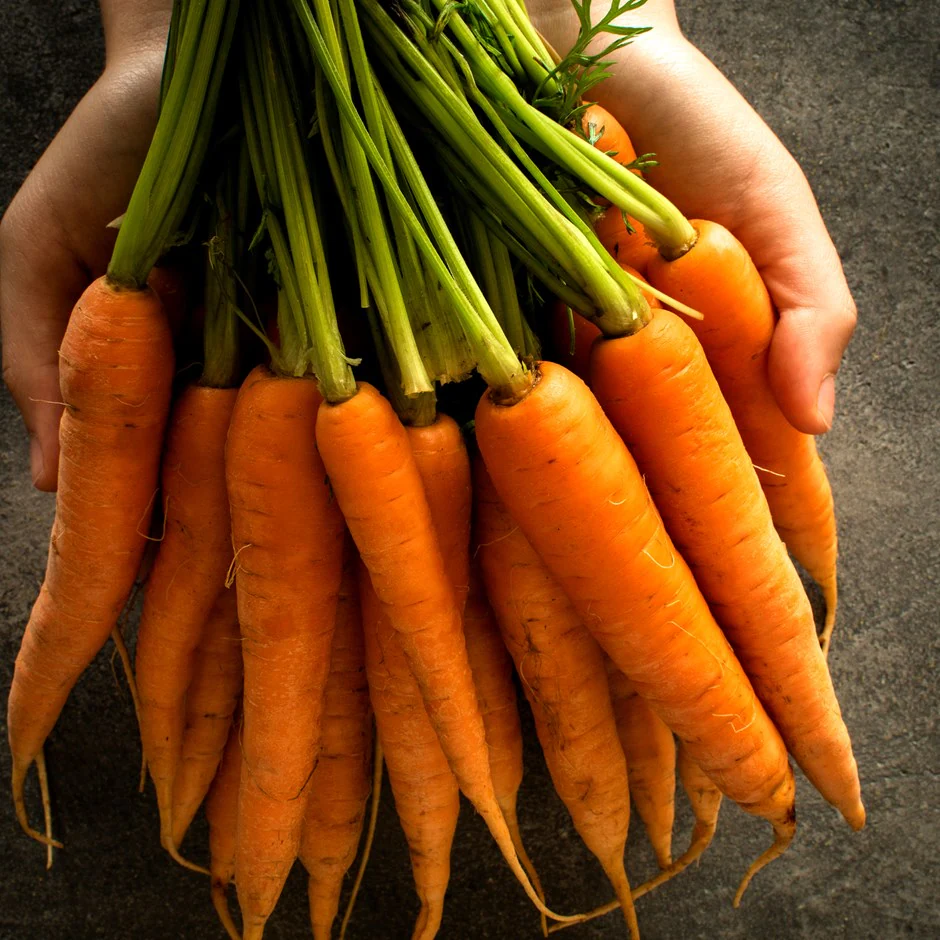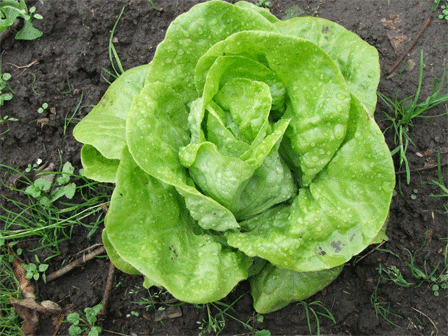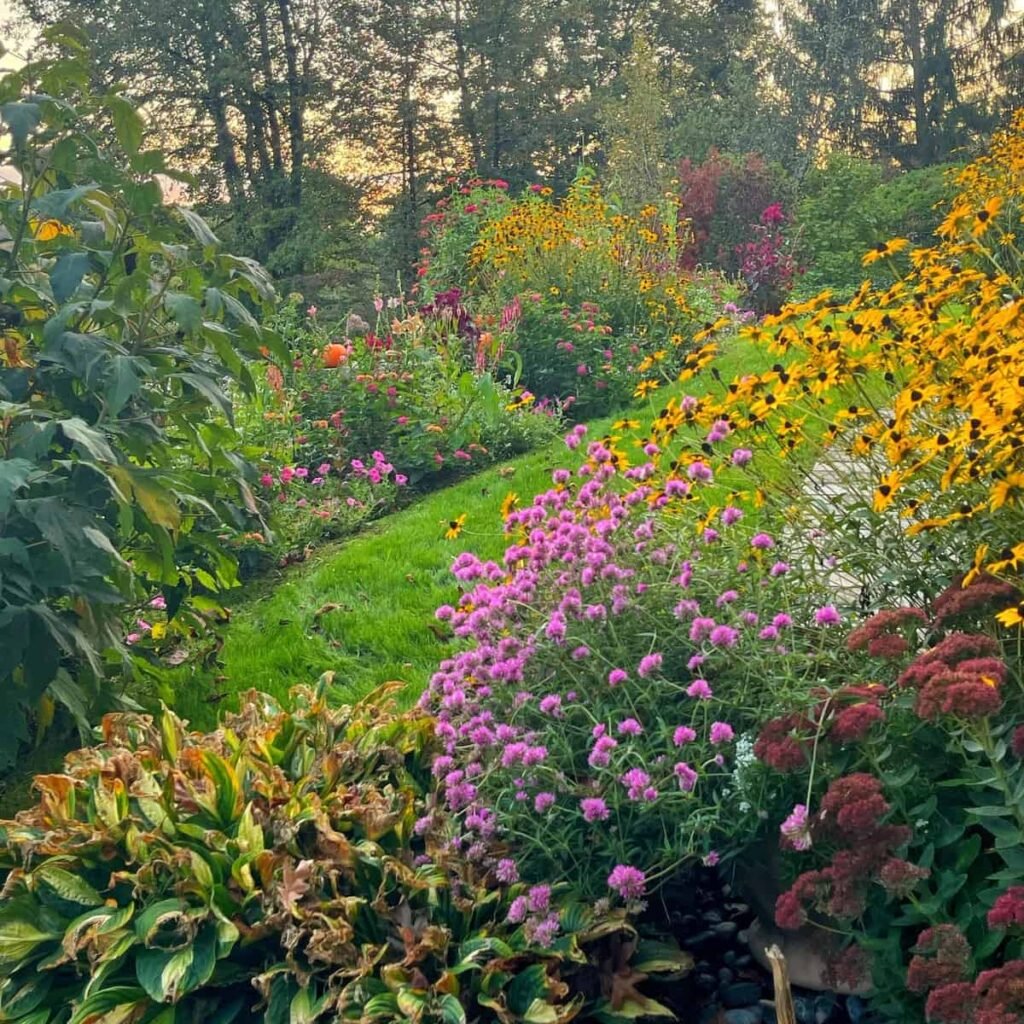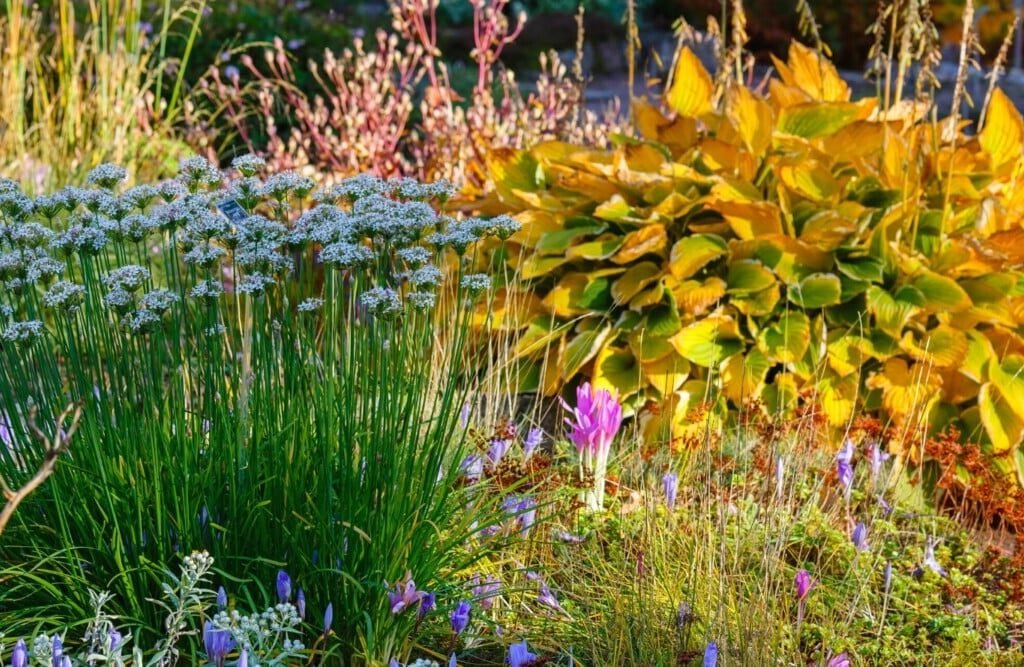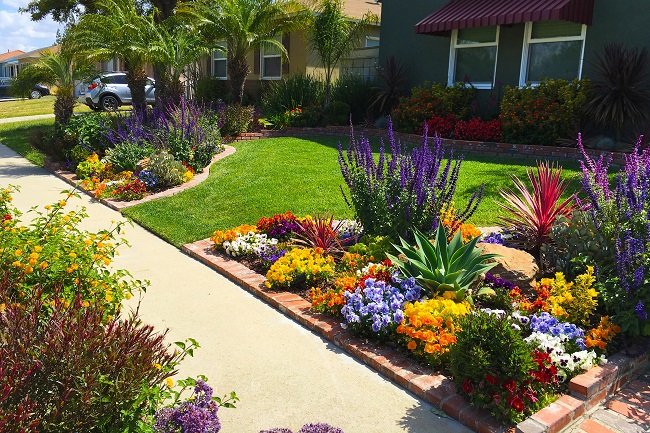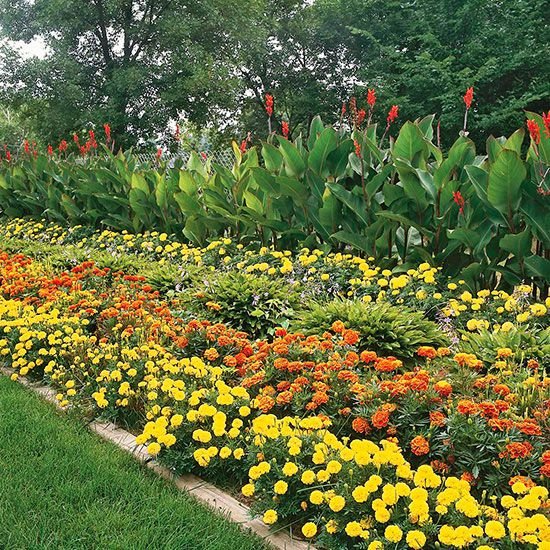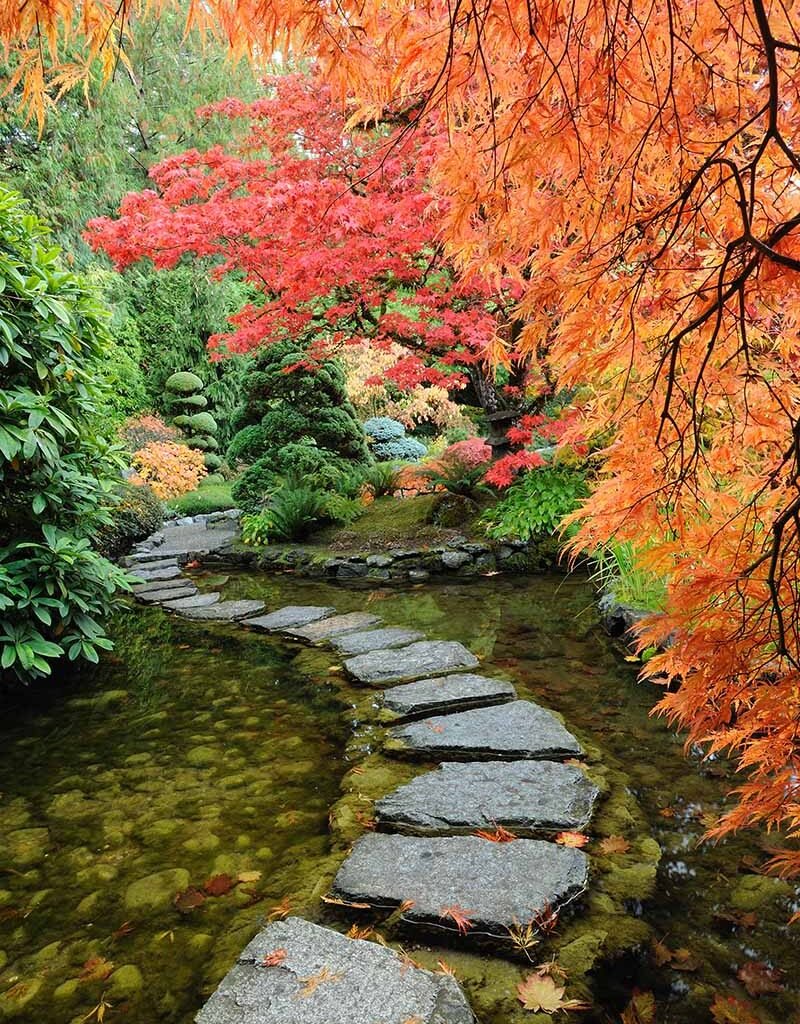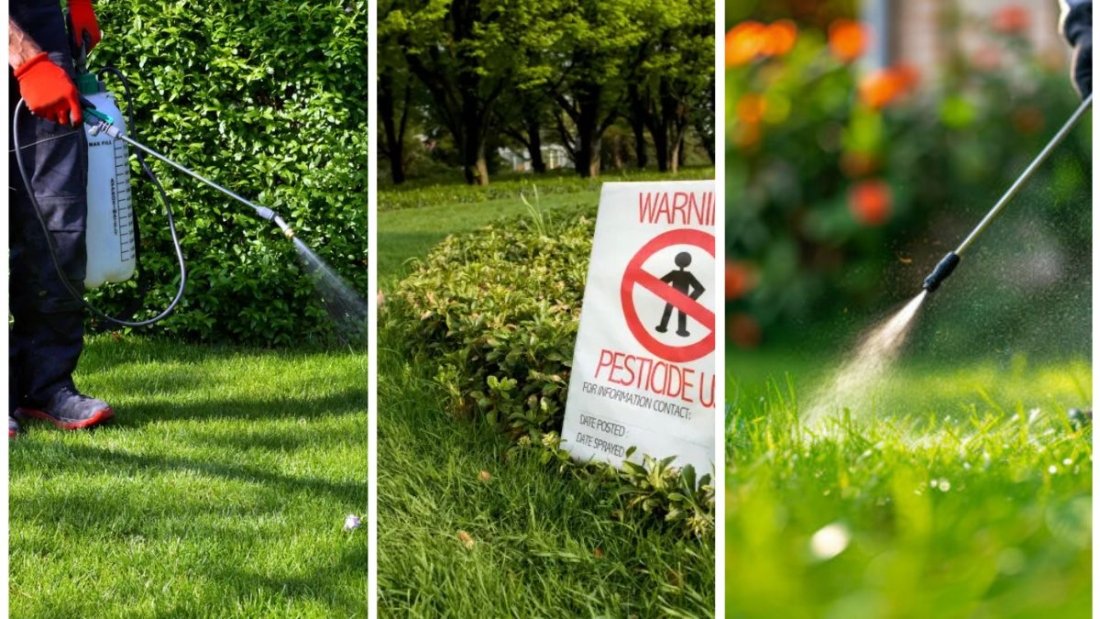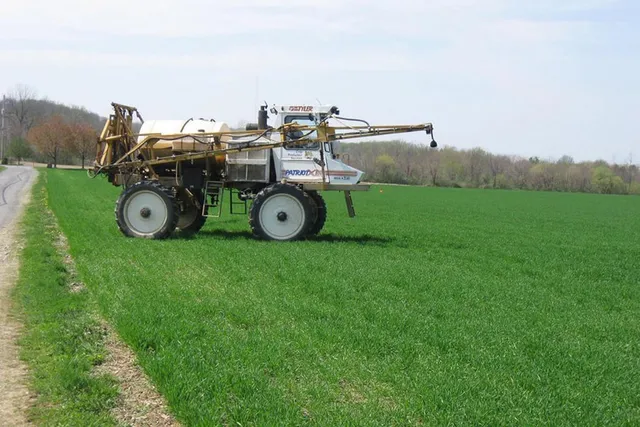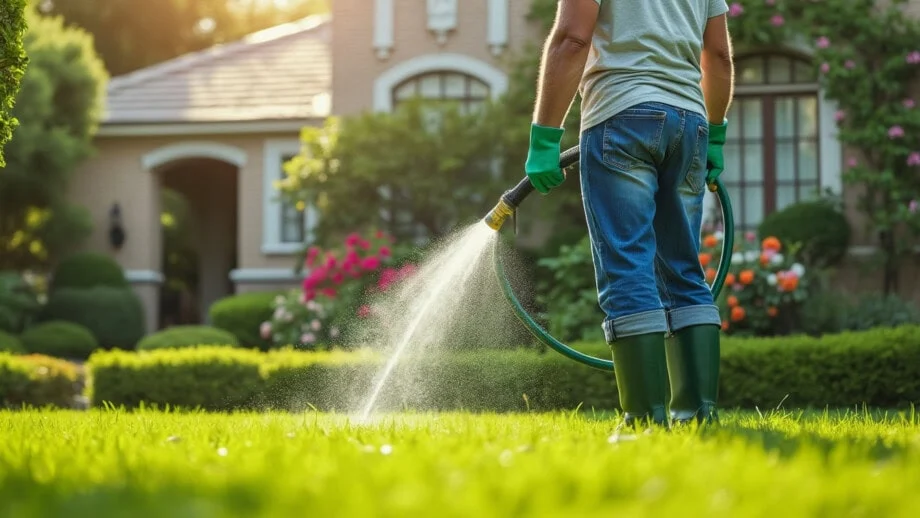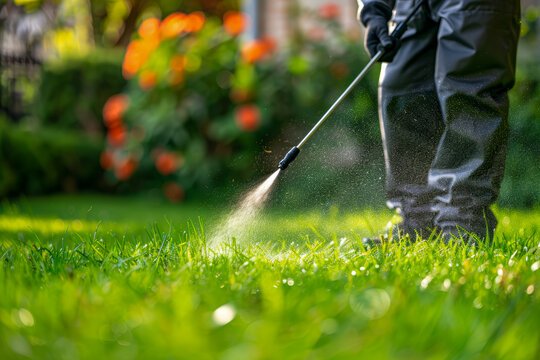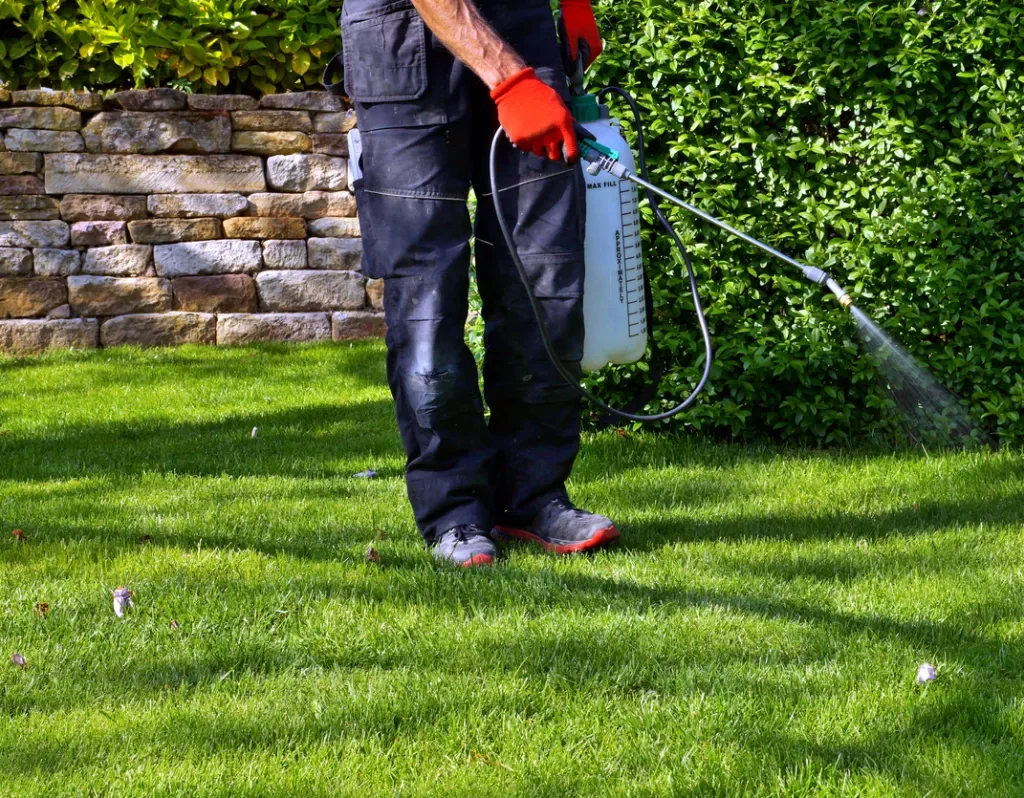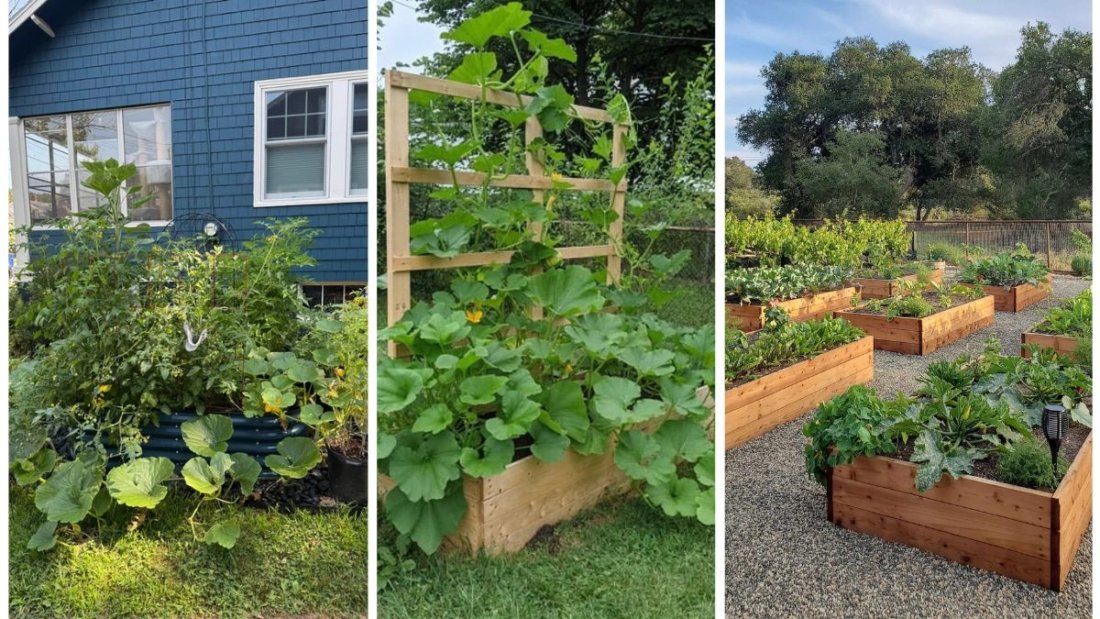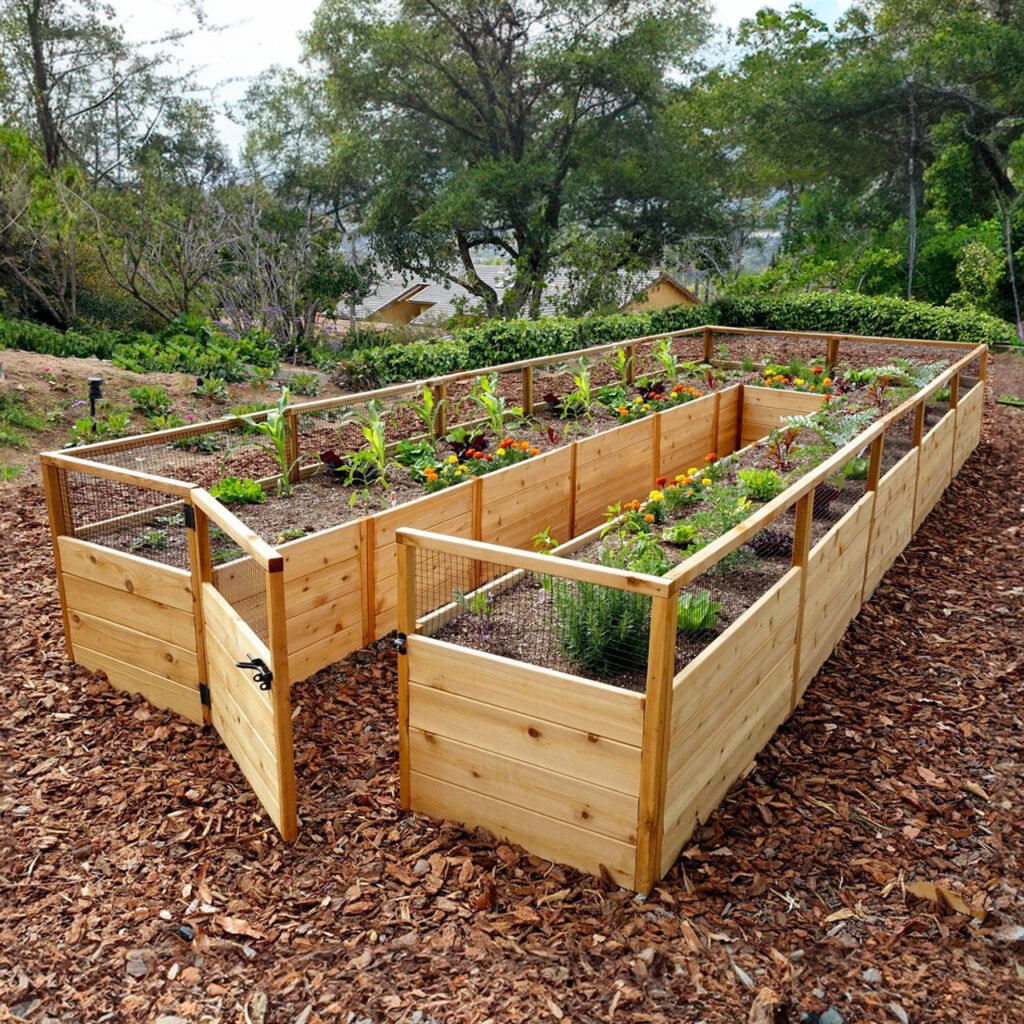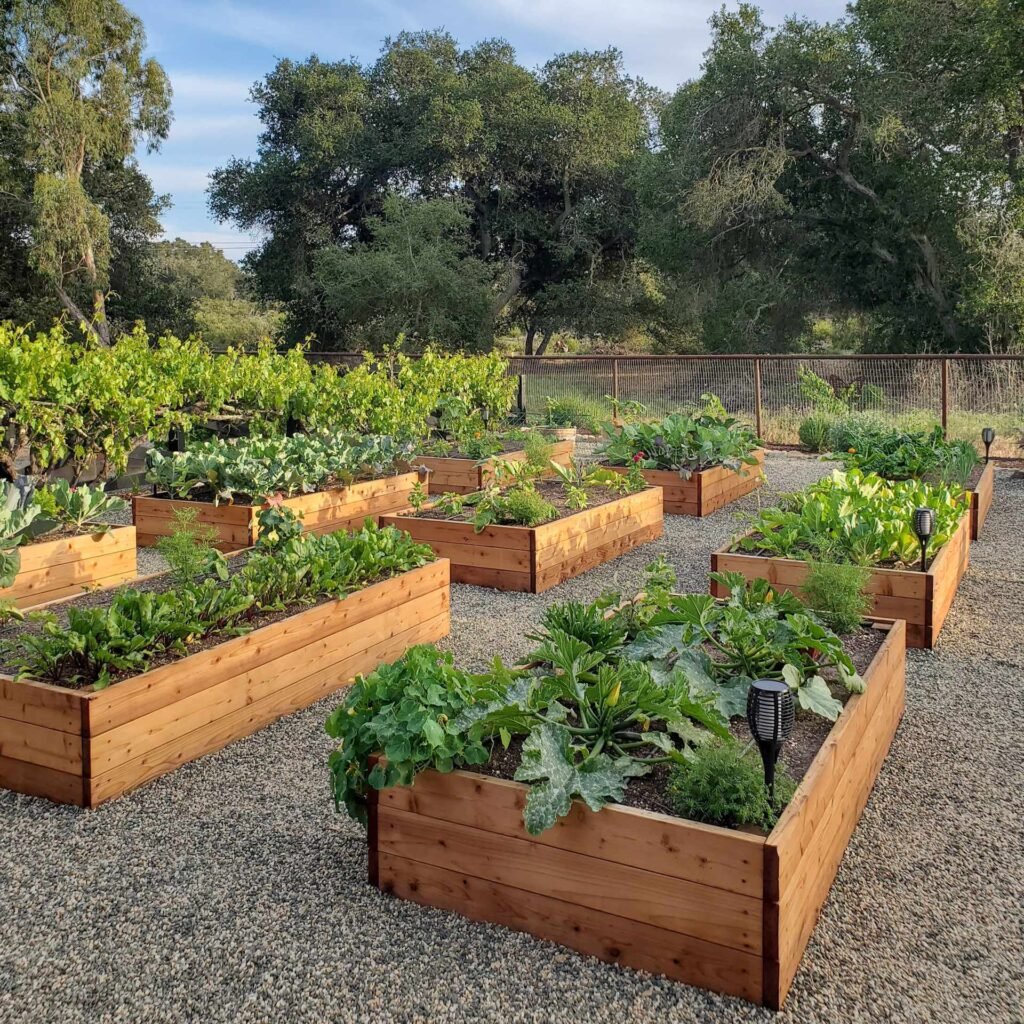As summer fades and fall approaches, many gardeners assume that their growing season is over. However, late-season planting offers a wonderful opportunity to extend your harvest, take advantage of cooler temperatures, and enjoy fresh, homegrown vegetables, herbs, and flowers well into late autumn and even early winter. The key to success lies in properly preparing your garden beds. Preparing garden beds for late-season planting ensures healthy plants, strong root systems, and maximum productivity before the first frost. This article provides a detailed guide on how to prepare your garden beds for late-season planting, including soil preparation, planting strategies, and care tips.
Why Late-Season Planting Matters
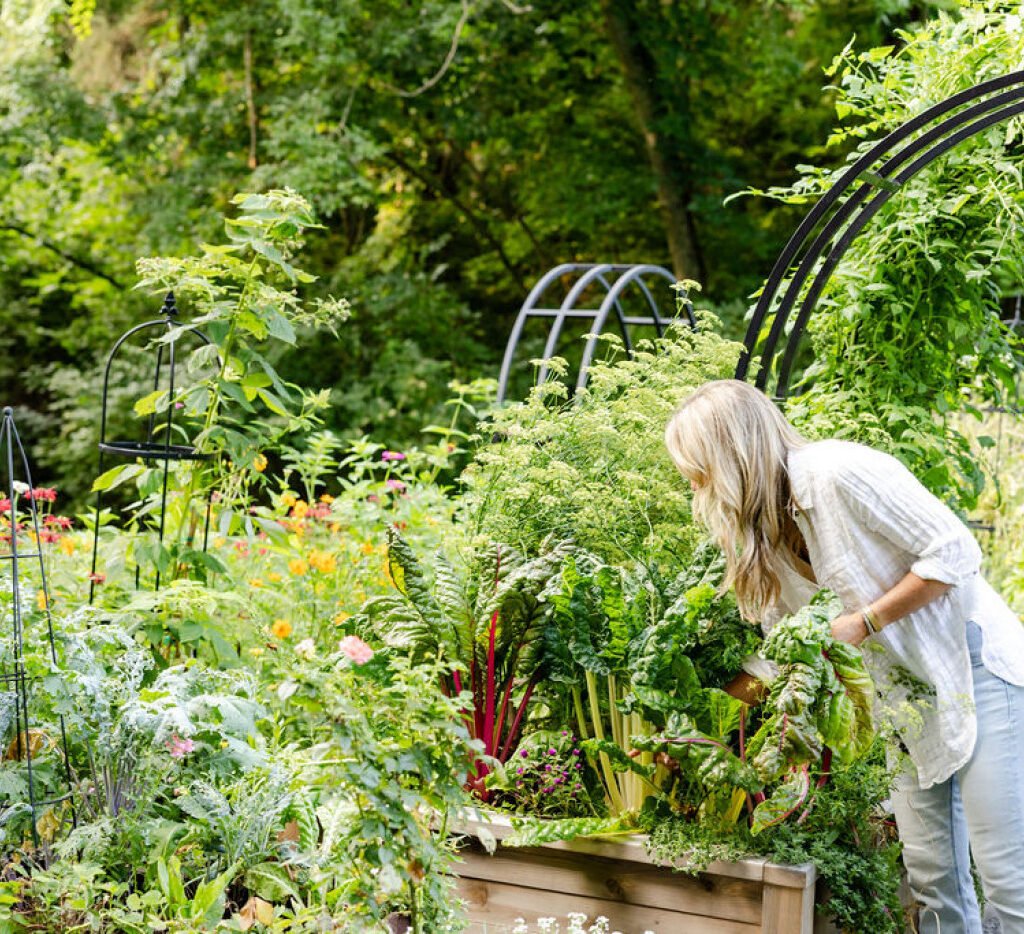
Late-season planting is not just a way to fill empty garden beds; it provides numerous benefits:
- Extended Harvest: Cool-weather crops and hardy plants can continue producing for weeks or even months after summer crops have finished.
- Optimal Growing Conditions: Cooler temperatures reduce plant stress, prevent heat-related damage, and often enhance flavor in vegetables like kale and carrots.
- Efficient Use of Garden Space: Late-season planting maximizes garden productivity and prevents beds from sitting idle.
- Reduced Pest Problems: Many pests are less active in cooler weather, reducing the risk of infestations.
Proper preparation ensures that plants have the best conditions to thrive and produce a successful late-season harvest.
Step 1: Clear and Clean Your Garden Beds
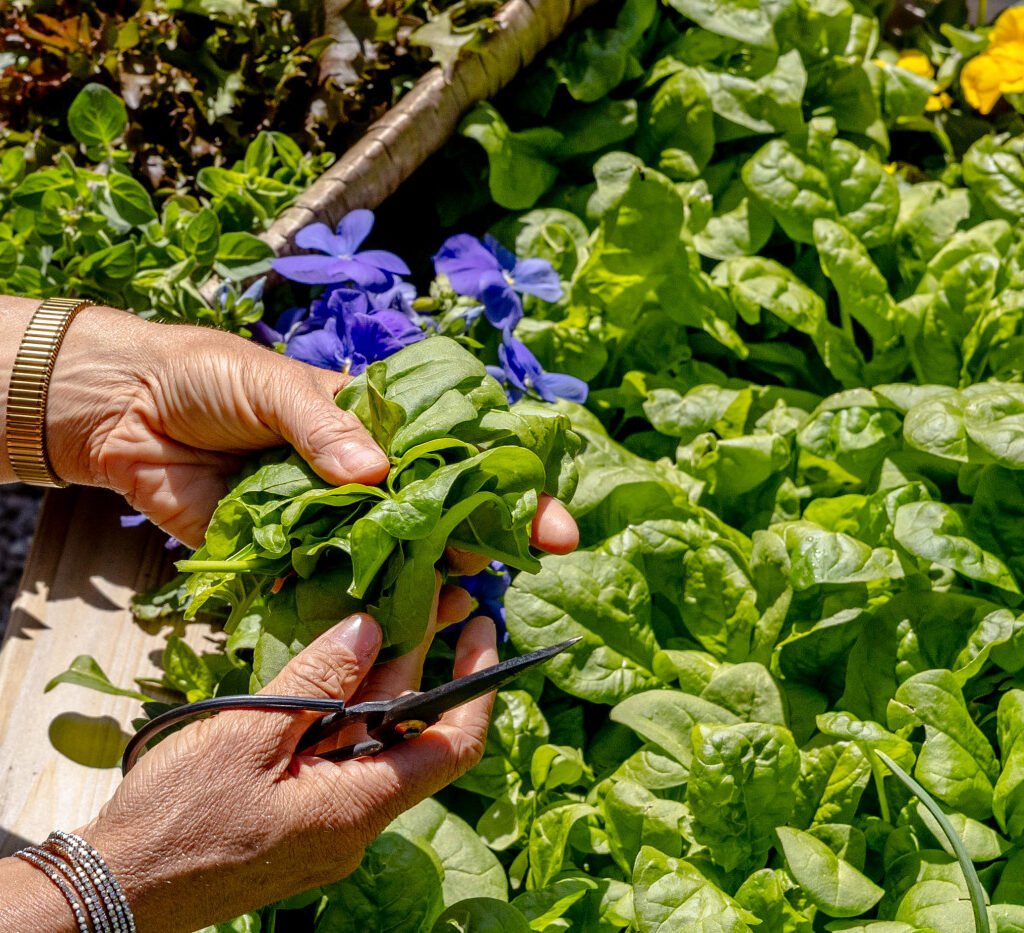
Before planting, it is crucial to remove any remnants of summer crops, weeds, and debris. This reduces disease risk and creates a clean environment for new plants.
Tips for Cleaning:
- Remove Dead or Dying Plants: Pull out spent vegetables, herbs, or flowers. Compost healthy plant material and discard diseased plants to prevent pathogens from spreading.
- Weed Thoroughly: Late-season weeds compete for nutrients, water, and sunlight. Remove them by hand or with a hoe, making sure to get the roots.
- Rake and Level: After clearing, rake the soil to remove stones and create a level planting surface. This makes planting seeds or seedlings easier and promotes uniform growth.
Step 2: Improve Soil Fertility
Soil fertility is the backbone of a productive garden bed. Late-season crops require nutrient-rich soil to establish strong roots and sustain growth in cooler weather.
Steps to Improve Soil:
- Add Organic Matter: Incorporate compost, well-rotted manure, or leaf mold into the soil. This improves structure, fertility, and moisture retention.
- Test Soil pH: Most vegetables prefer slightly acidic to neutral soil (pH 6.0–7.0). Use a home test kit and amend soil with lime to raise pH or sulfur to lower pH if necessary.
- Fertilize Appropriately: Use a balanced, slow-release fertilizer to supply essential nutrients without promoting excessive leafy growth that could be vulnerable to frost.
By enriching the soil, you create a fertile foundation that supports robust late-season growth.
Step 3: Loosen and Aerate the Soil
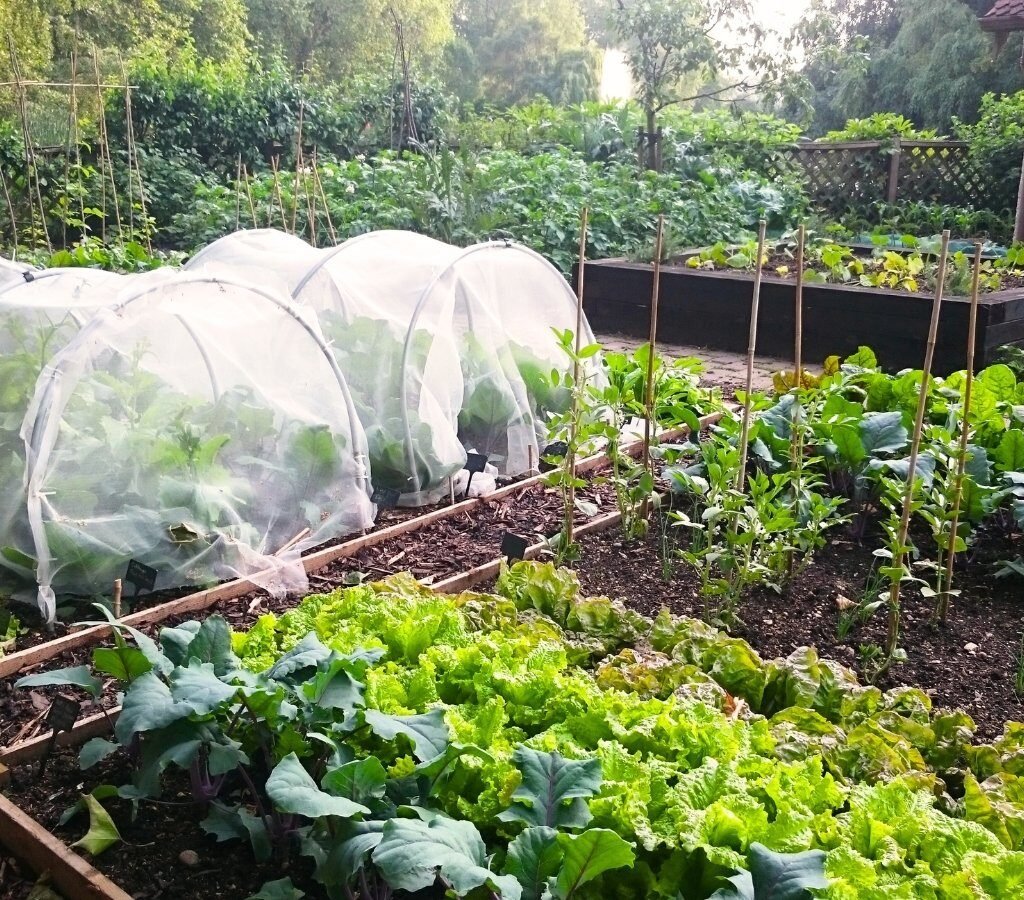
Compacted soil inhibits root growth, water infiltration, and nutrient absorption. Loosening and aerating your garden beds is critical for late-season planting success.
Methods:
- Double Digging: For small beds, remove the top 8–12 inches of soil, loosen the subsoil, and return the topsoil.
- Tilling or Forking: In larger beds, lightly till or use a garden fork to break up compacted soil without disturbing existing beneficial microorganisms.
- Add Amendments: Mix in sand or perlite if your soil is heavy clay to improve drainage, or add organic matter to sandy soil to retain moisture.
Aerated soil encourages strong root systems and ensures your late-season crops can establish quickly before cold weather sets in.
Step 4: Plan for Frost Protection
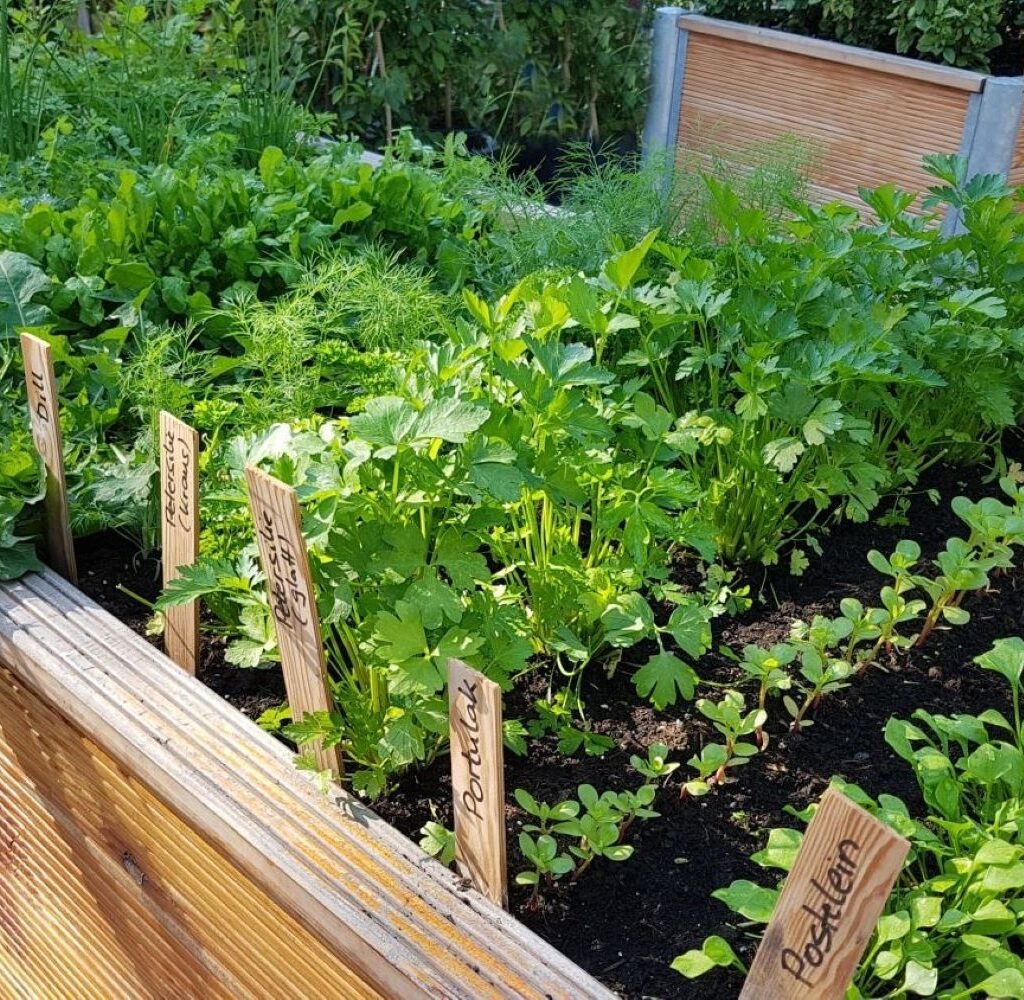
Late-season planting often coincides with the approach of frost. Protecting your crops ensures they survive longer and produce a healthy harvest.
Frost Protection Strategies:
- Row Covers: Lightweight fabric row covers trap heat and protect plants from frost without blocking sunlight.
- Cloches and Cold Frames: Individual plants or small beds can be shielded using cloches or cold frames to extend the growing season.
- Mulching: Apply a 2–3 inch layer of straw, shredded leaves, or compost around plants to insulate roots and moderate soil temperature.
- Container Gardening: Growing frost-sensitive plants in pots allows you to move them indoors or to a sheltered location when temperatures drop.
Step 5: Choose the Right Crops for Late-Season Planting
Not all plants thrive in cooler temperatures, so select crops suited for late-season growth. Some excellent options include:
- Leafy Greens: Kale, spinach, arugula, and lettuce grow quickly in cooler weather and are often sweeter after frost.
- Root Vegetables: Carrots, radishes, and beets develop excellent flavor and store well in cold soil.
- Cabbage Family: Broccoli, cauliflower, and Brussels sprouts are cold-hardy and productive in fall gardens.
- Herbs: Parsley, cilantro, chives, and thyme tolerate cool weather and provide fresh flavors for winter cooking.
Selecting the right crops maximizes your garden’s productivity and ensures a successful late-season harvest.
Step 6: Plan Your Planting Layout
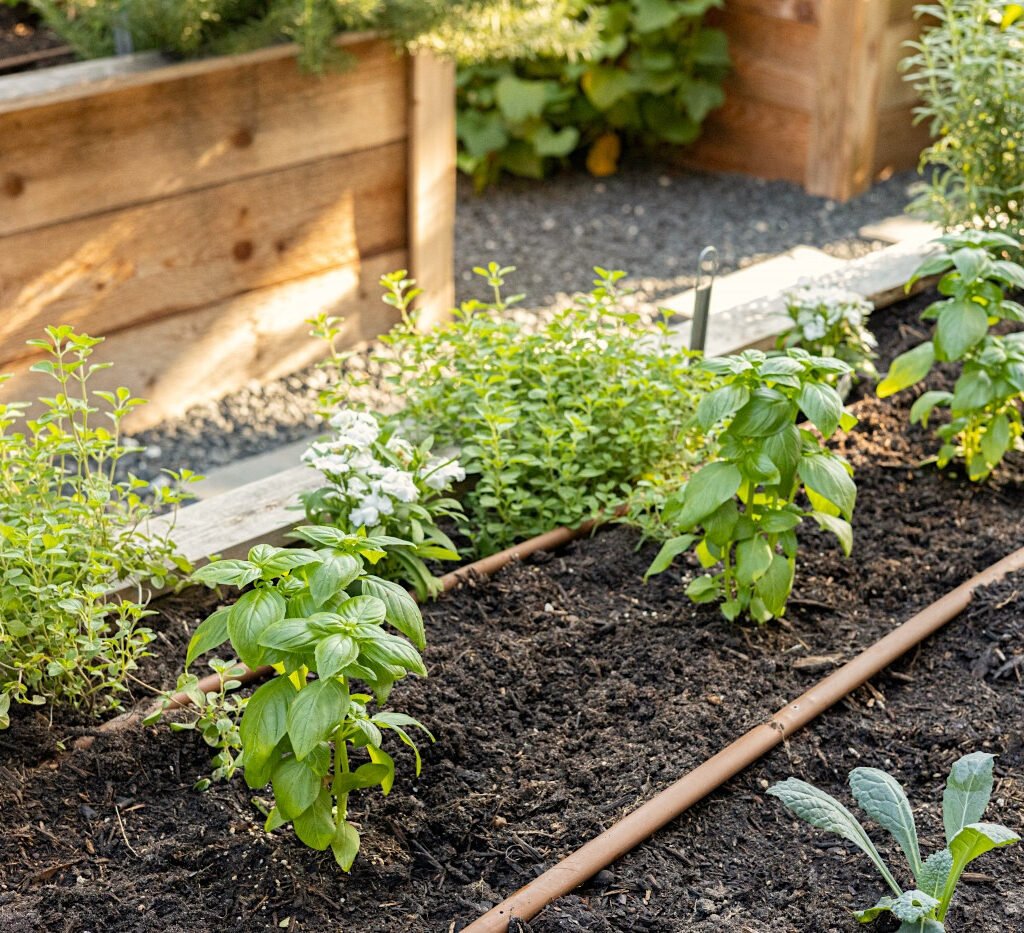
A well-organized garden layout enhances plant growth and simplifies maintenance. Consider these tips:
- Succession Planting: Stagger sowing dates to ensure continuous harvest throughout fall.
- Companion Planting: Pair compatible crops to improve growth and deter pests. For example, plant chives near carrots to repel insects.
- Crop Rotation: Avoid planting the same plant family in the same bed repeatedly to prevent soil-borne diseases and nutrient depletion.
A thoughtful layout helps crops mature evenly and reduces problems caused by overcrowding or nutrient competition.
Step 7: Watering and Care
Even in cooler weather, consistent watering is essential for late-season crops.
Watering Tips:
- Maintain Moisture: Keep soil evenly moist but not waterlogged.
- Water Early: Water in the morning to allow foliage to dry before nightfall, reducing disease risk.
- Mulch for Moisture Retention: Mulching helps reduce evaporation and insulates soil from temperature fluctuations.
Additional Care:
- Monitor Pests: While cooler weather reduces most pests, slugs and aphids can still be problematic. Use organic methods like neem oil, diatomaceous earth, or handpicking.
- Prune and Harvest: Regularly harvest leaves, roots, and other edible parts to encourage continued growth and prevent overcrowding.
Step 8: Extend the Season with Protective Measures
Late-season gardening can be extended further with simple techniques:
- Hoop Houses or Tunnels: Cover beds with hoop structures to trap warmth and shield crops from frost.
- Cloches and Cold Frames: Mini greenhouses for individual plants protect tender crops.
- Bring Containers Indoors: Move sensitive potted plants inside or into a greenhouse during freezing nights.
These strategies allow you to enjoy fresh produce well into late fall and early winter.
Conclusion
Preparing your garden beds for late-season planting is essential to ensure a productive harvest despite cooler temperatures and shorter days. By clearing and cleaning beds, improving soil fertility, loosening the soil, planning for frost protection, selecting suitable crops, and organizing your planting layout, you create optimal conditions for growth. Proper watering, pest management, and seasonal protective measures further enhance your garden’s success.
Late-season gardening allows you to maximize garden space, extend the harvest, and enjoy fresh, flavorful vegetables and herbs when many other crops have finished producing. With thoughtful preparation and attention to detail, your garden can thrive even as temperatures drop, providing healthy, homegrown produce well into late fall and early winter.
Preparing garden beds for late-season planting is not just about extending the growing season—it’s about creating a resilient, productive, and beautiful garden that continues to nourish and delight throughout the colder months.
